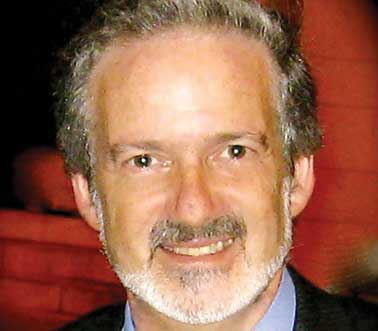Among the150,000 buried on the Mount of Olives (Har Hazeitim) — in Judaism’s largest, oldest and holiest cemetery — rest 228 lone soldiers (known as chayalim bodedim) who once fought and died for the establishment of the State of Israel and in defense of Jerusalem. Throngs head for Mount Herzl on Yom Hazikaron, Israel’s Memorial Day, to grieve for and honor the ultimate sacrifice made by the soldiers lying there. But the brave soldiers buried on the Mount of Olives, many of whom are Shoah survivors left completely bereft of family members, have for the most part been abandoned on this day.
Last year, Zionist Organization of America (ZOA) Israel Director Jeff Daube participated in an exceptional program initiated by Tzi’irim Lema’an Yerushalayim (Youth for Jerusalem), which brought 200 students from a local high school to the Mount of Olives to visit the grave sites of many of the 228. The students came with narratives about the fallen soldiers, yahrzeit (memorial) candles and flowers. If only for a day, these lone soldiers had a new family of young people to commemorate their heroic deeds.
Determined to establish a continuing Yom Hazkiron tradition of visiting these graves, ZOA Israel invited the nearby Yeshivat HaKotel to bring its students this year. The International Committee for the Preservation of Har Hazeitim (ICPHH), with which the ZOA has been collaborating on a number of projects to save the cemetery and its environs from violence and vandalism, and to educate the public about the mountain’s significance and its importance regarding Israeli sovereignty over a united Jerusalem, was a natural fit for this project as well.
The administration of Yeshivat Hakotel embraced the concept of honoring the fallen lone soldiers, and sent a passionate group of young men led by the school’s Director of Development, Don Kates, to join the ZOA and ICPHH in a heartwarming program. Several of the students are themselves lone soldiers.
After initial remarks at the graves of Prime Minister Menachem Begin z”l, and Moshe Barzani z”l and Meir Feinstein z”l (who killed themselves in 1947 rather than be hanged by the British, and next to whom Begin asked to be buried), the students together with the ZOA and ICPHH participants lit candles and recited prayers at some of the lone soldiers’ graves.
Everyone was touched by the meaning of the day and the activity, and committed to making this an annual event. Daube and Kates each commented that this marked the beginning of more such cooperative efforts in the future to benefit all of those buried on the Mount of Olives and their visiting families, as well as to develop the cemetery’s educational potential, for example in connection with the historical figures and luminaries who are buried there, and to promote a better understanding of its national import.
